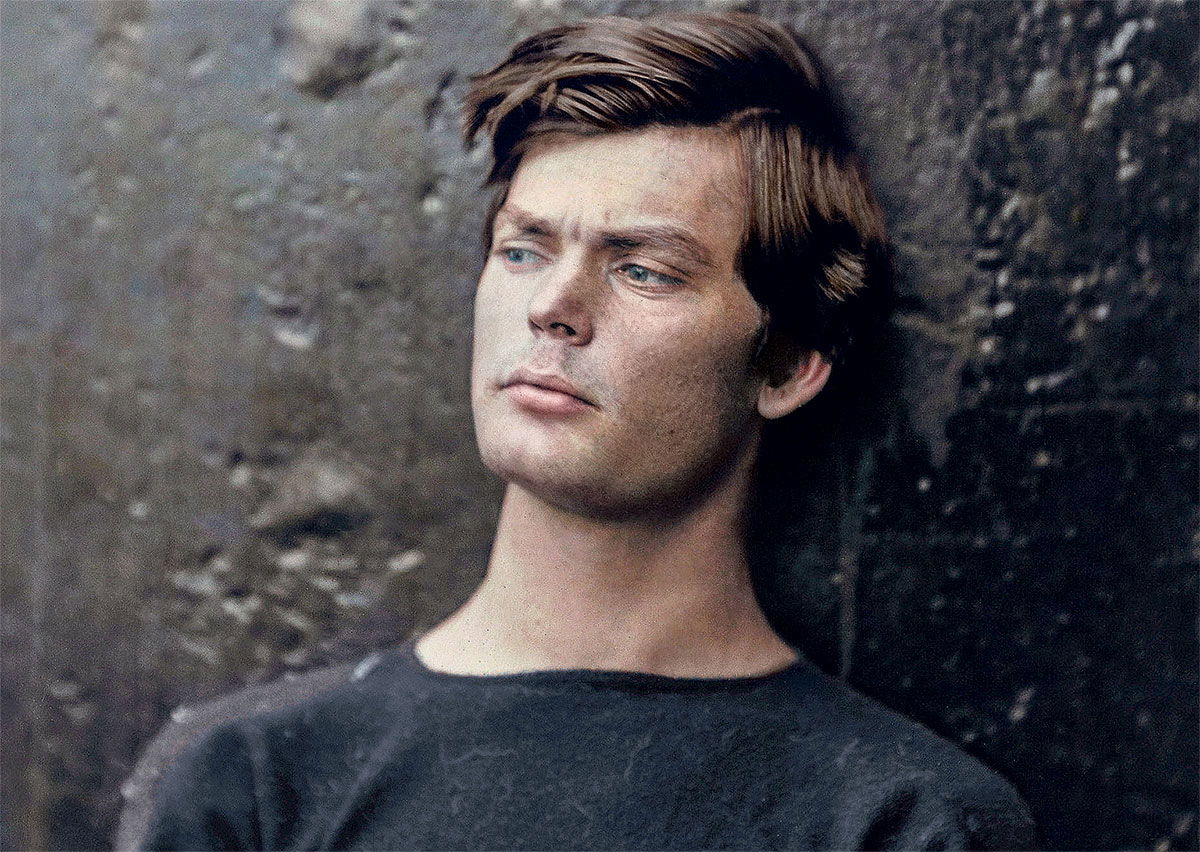Any Colour You Like
How does the process of colourisation affect our understanding of history?

Colourisation has come of age. Artists such as Wolfgang Wild and, in particular, Marina Amaral, whose book, The Colour of Time, is a bestseller, have used digital technology to ‘restore’ black and white images from the period 1850-1960, many of them well known and so all the more revelatory when unveiled.
